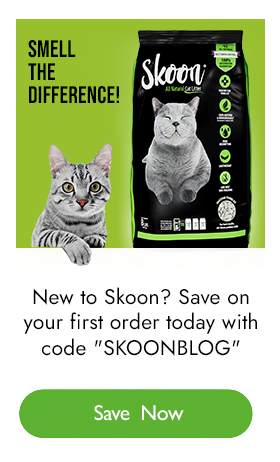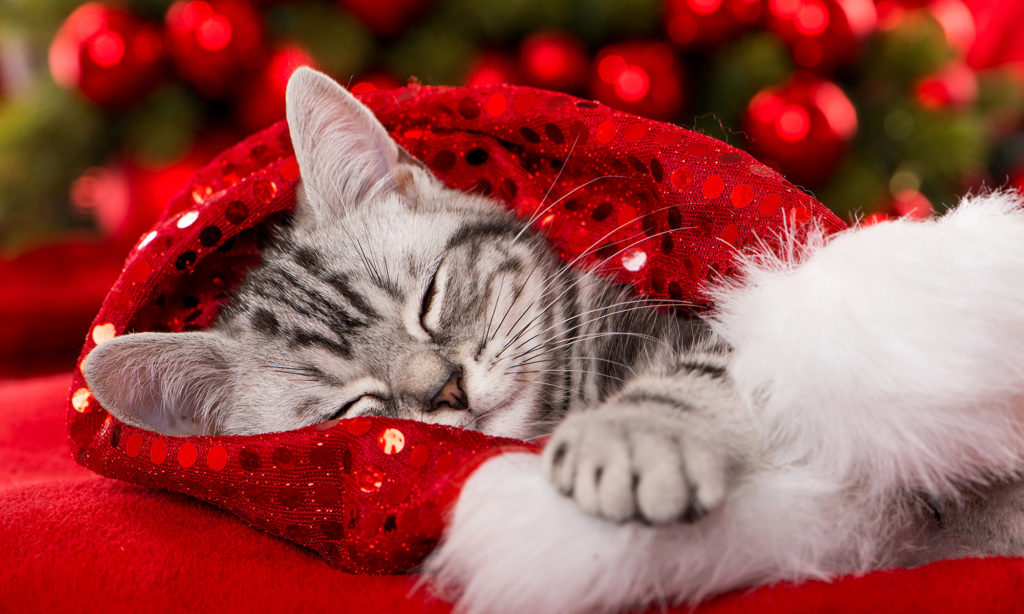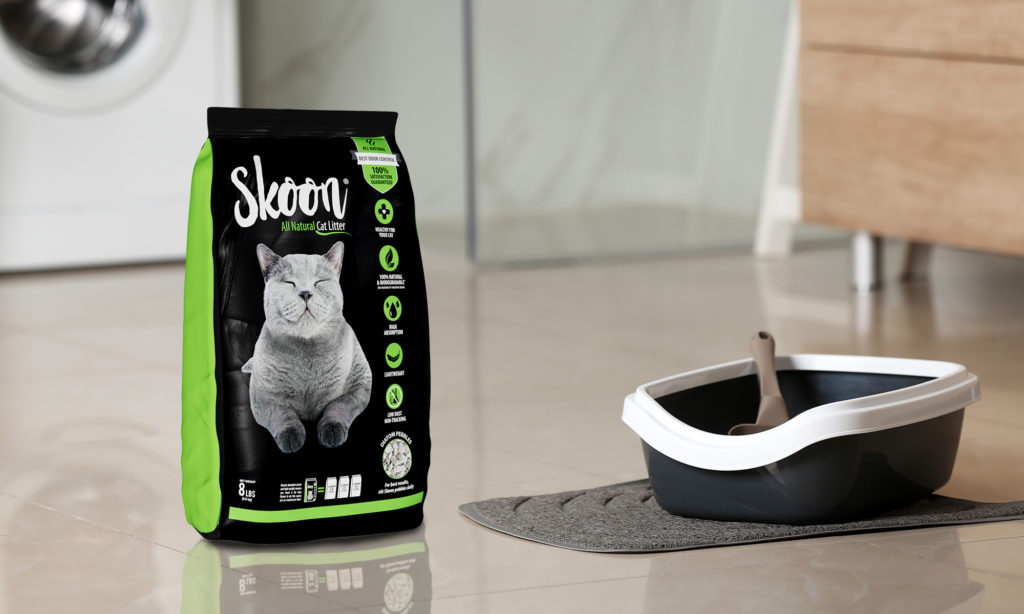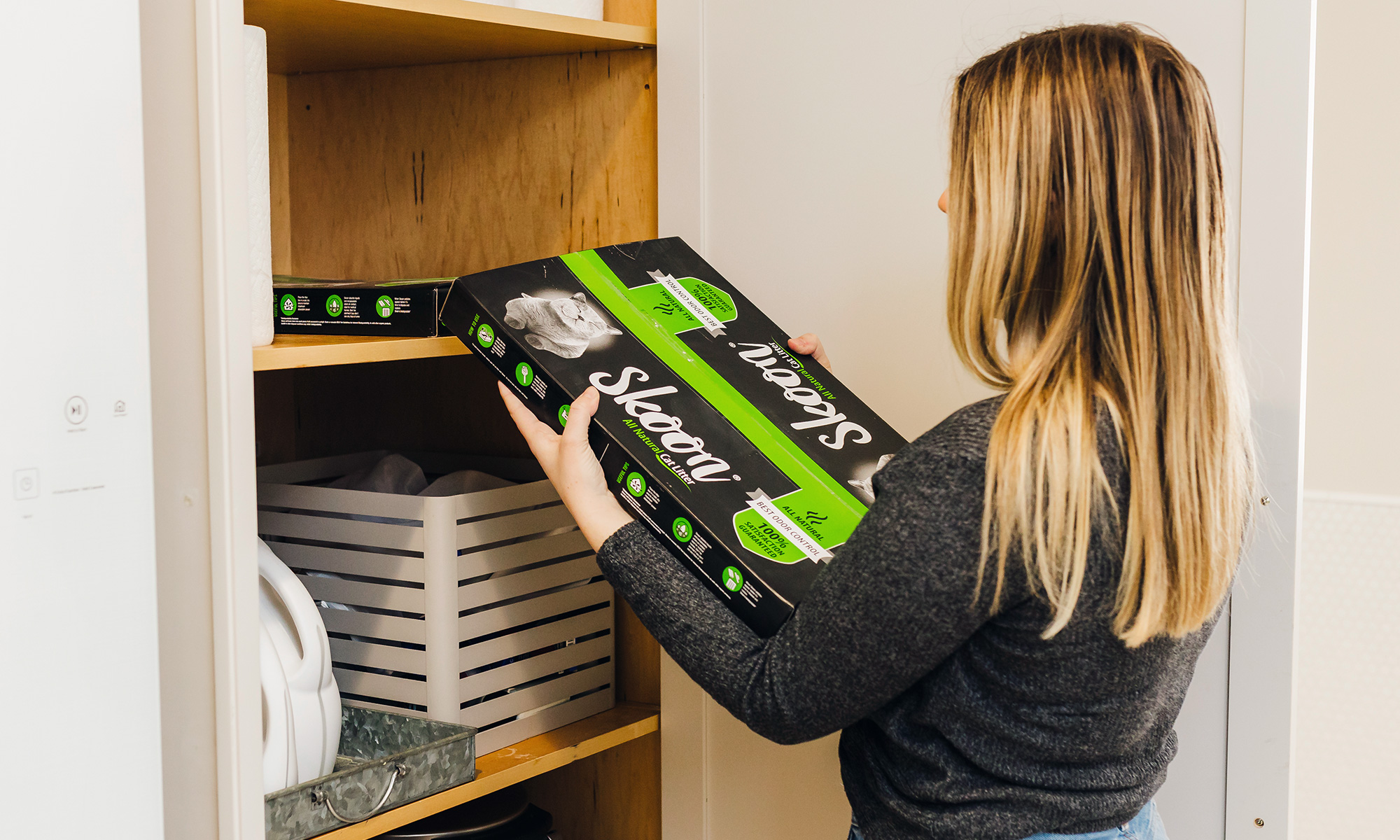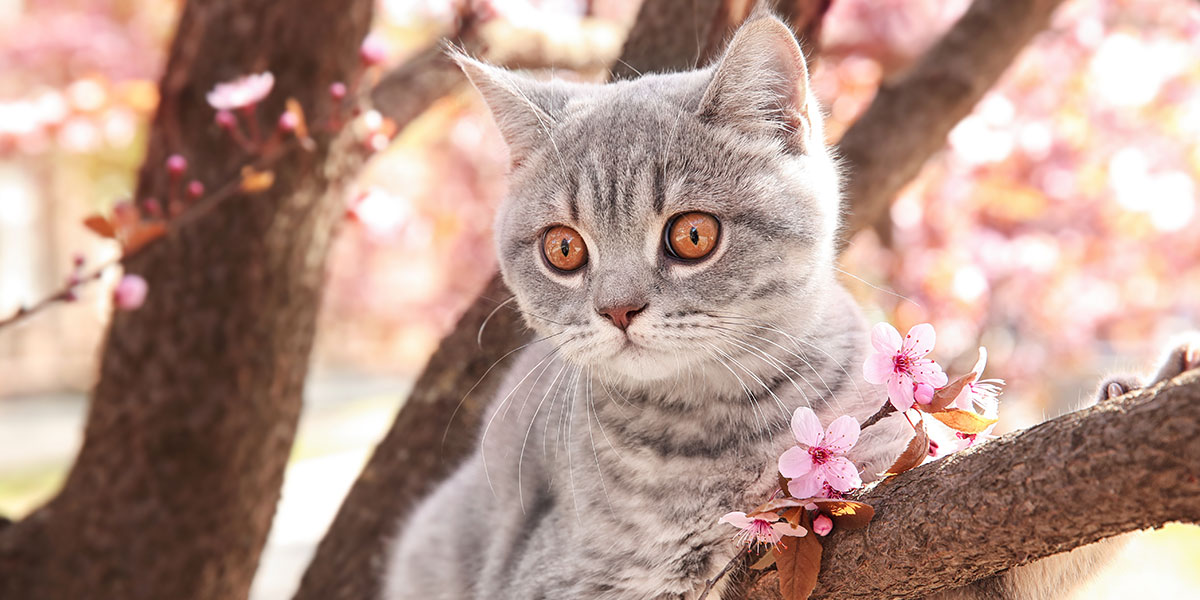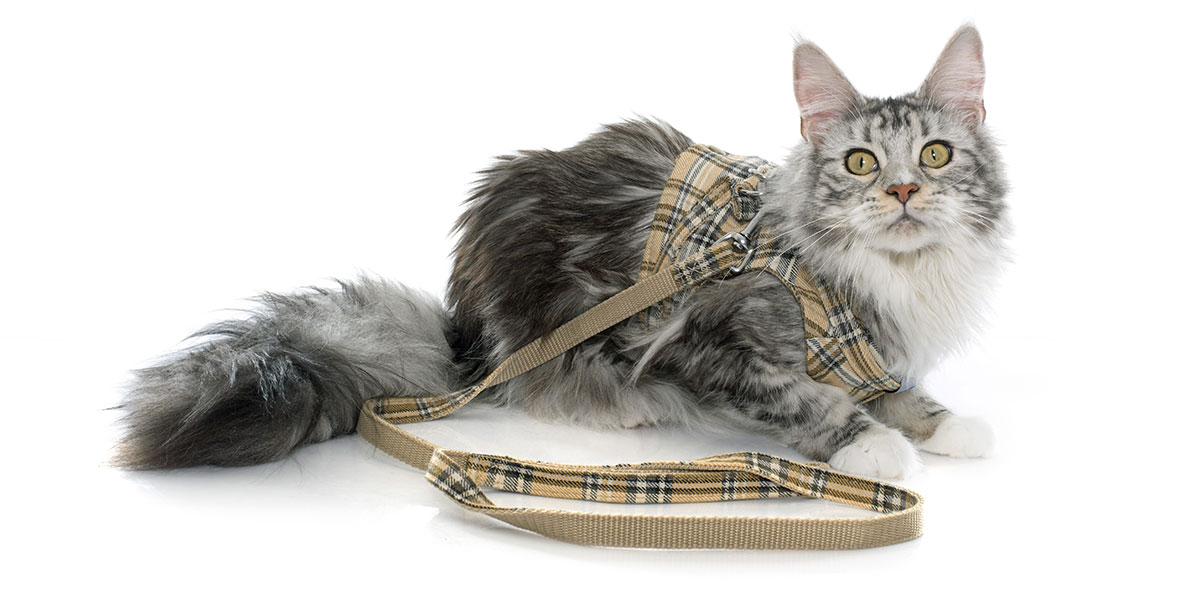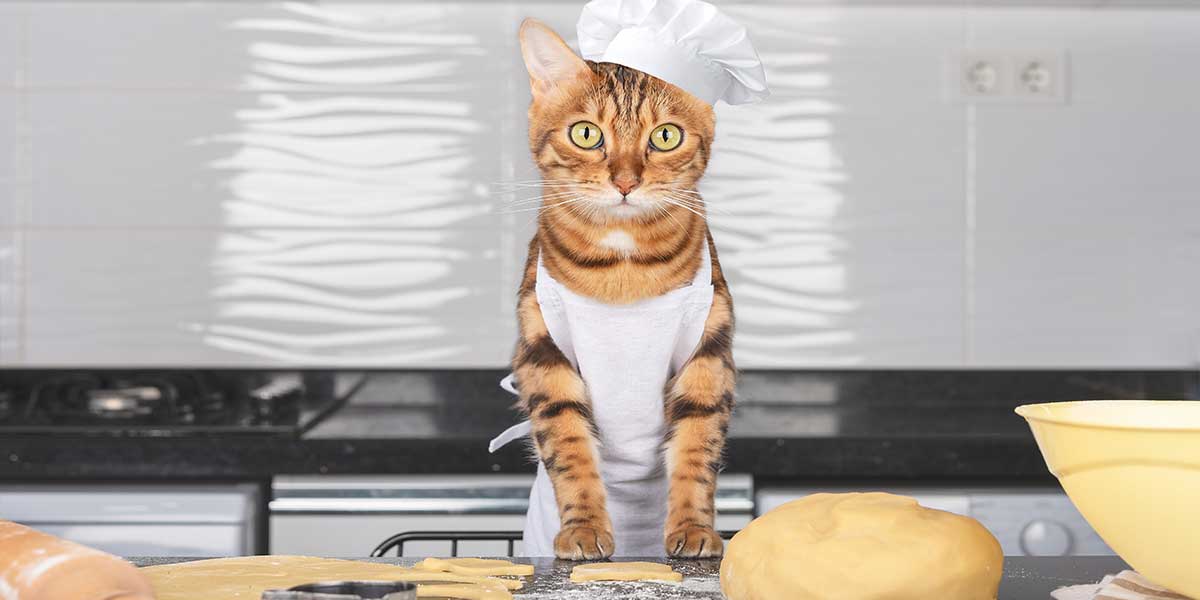Why Cat Owners Love Non-clumping Cat Litter
You have to make so many tough decisions as a cat owner, from the type of food they eat (wet, dry or a healthy mix of the two) to the kind of cat litter you use to fill their litter box. While it may not be nearly as exciting as cat trees and toys, finding the right cat litter for your furry friend should always be the first priority (along with food, of course).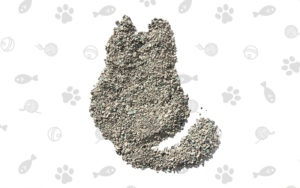
The Benefits of Using Non-Clumping Cat Litter
Clumping cat litter exists purely for the cat owner. The litter contains ‘bentonite,’ which causes urine to solidify into a mass as it absorbs the liquid. It’s simple: When the clumps form, they are easier to spot, so cat owners know exactly what needs to be removed. But still, non-clumping cat litter is better at absorbing large volumes of cat urine, masking odor for a more extended period. You’ll even find some cat litters are made with baking soda or charcoal, which are specifically designed to get rid of inevitable odors. Just an FYI: Even if the cat litter can absorb more cat pee, it doesn’t mean you can get away with cleaning the litter box less often.
The Different Types of Non-Clumping Cat Litter to Try
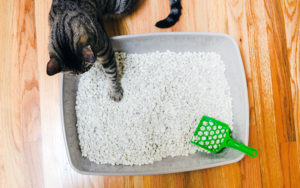
- Diatomite cat litter, like Skoon, has a sponge-like structure that traps odor-causing particles, decreases moisture concentration and maximizes absorption.
- Clay cat litter absorbs the odor of whatever your cat leaves behind, but it can also be used to deodorize other parts of your house or garden.
- Crystal cat litter is a non-clumping option made out of silica crystals. It lasts longer than other options and is super light, making your weekly cleanup even easier.
- Pine cat litter is a more natural way to absorb cat odors. The non-clumping variety is lightweight and dust-free, two musts for any cat owner.
- Paper pellet cat litter is made out of recycled paper material, often newspaper. It’s softer than the other varieties on this list, making it ideal for older cats or those with injured paws. One minor detail: It doesn’t control odor very well, so it should only be used short-term.
Why Cat Owners Made the Switch to Non-Clumping Cat Litter
Some cat owners will introduce their kittens to non-clumping cat litter and never try anything else. Others will switch to a clumping variety when their cat reaches a certain age … and then question if they made the right choice. As a reminder, the best cat litter you can use is the one that your cat likes the best. But if it was up to us, we’d obviously put Skoon at the top of the list. Don’t just take it from us, though: Read why three actual cat owners swear by Skoon.
“It helped my cat’s asthma.”
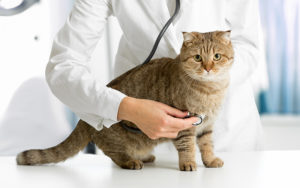
“It comforts my cat’s sensitive skin.”
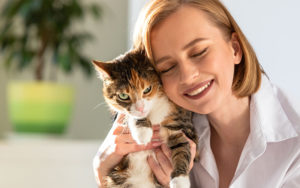
“It’s easier to clean if you have lots of cats.”
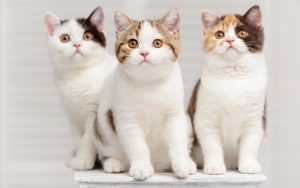
- Slowly add small amounts of the new kitty litter to the box of old litter over a seven to 10-day period (or until your cat seems to be comfortable enough to go to the bathroom).
- Watch your cat’s bathroom behavior throughout the next few weeks to see if there are any changes. If your cat completely avoids the litter box, place a few litter boxes with different kinds of litter throughout your house to put the power in their paws.
- If at any point you notice that they are going to the bathroom outside of its litter box, check in with your vet since it may be a sign of a bigger cat health issue.
If you want to give your kitty a cleaner, better cat litter option, get started with Skoon. We offer a variety of non-clumping scents, ideal for kittens and multi-cat households.

